

Traveller’s Tales LEGO games are a bit of anomaly. Most of them are wholly charming puzzle platformers that predicate much of their appeal on an associated franchise — be it Batman, Harry Potter, or Indiana Jones — that also deliver family friendly humor and an engaging cooperative experience. Over the years, TT Games has introduced several arguably much-needed features to the franchise, but ultimately if you’ve seen one LEGO game you’ve seen them all. Which makes reviewing LEGO Lord of the Rings — this year’s second LEGO release — a task that boils down to gauging gamers’ fondness for either Lord of the Rings or the LEGO game franchise.
Many of the LEGO games have attempted to painstakingly recreate the integral story beats of several movies in a franchise, and Lord of the Rings, in that regard, is no different. In fact, TT Games has adapted Peter Jackson’s feature-length films nearly whole cloth, preserving every important story beat and moment, from the opening in Mordor to the climax in the bowels of Mount Doom, and delivering them in a stunning combination of CG graphics and LEGO blocks.
To further enhance an experience that mirrors the films, Traveller’s Tales has included actual dialogue from the three films and used it as the only source of voice acting in the film. That means any time Gandalf speaks it is a line spoken by Ian McKellen in the theatrical release of the film. Unfortunately, the line readings, which carry with them the inherent “room tone” and background noise from the film, come across as little more than sound bytes that lack the necessary context expected of true voice acting.
Another byproduct of the dialogue decision is the game’s uneven tone, which fluctuates from deadly serious to jarringly goofy. Because every scene is inspired directly by Jackson’s films, and voiced accordingly, there is an inherent seriousness to them that is unlike anything seen in a LEGO game before, and if TT wanted they could have made an earnest adaptation that throws any humor out the window.
Unfortunately, that trademark, goofy LEGO humor rears its head, usually in some of the most heartfelt scenes, completely pulling the player out of the moment and undermining some otherwise quality animation. As a result the game’s cut scenes, while for the most part authentic, never find a decent balance, and are never as whimsical or charming as fans of the LEGO games will expect.
Like the game’s uneven storytelling and sense of humor, the gameplay in Lord of the Rings is a mixed bag. Since LEGO LOTR doesn’t leave anything on the cutting room floor there are copious opportunities for players to experience many of the films’ most exciting moments, from the Battle of Helm’s Deep to Samwise’s showdown with Shelob the spider. As LEGO-ized versions of some iconic sequences, these sections function on a basic level, and some are actually quite thrilling, but the gameplay opportunities they offer are extremely lacking.
As in past games, players are presented with several characters to switch between — at one point gamers can even juggle all nine members of the fellowship — and are tasked with solving puzzles, or traversing the game’s environments, in such a way as to ensure all members of the party can advance, all the while collecting as many LEGO studs as possible. However, Lord of the Rings puts a slight spin on the formula by requiring players switch between characters more frequently to reap the intrinsic benefits each offers (ie. the ability to plant vines or defeat specific enemies). For example, defeating the troll in the Mines of Moria requires some distraction from the hobbits, a few arrows from Legolas, and some mighty axe blows from Gimli. Discovering the necessary pattern presents a decent challenge, but unfortunately once it is found players will be asked to complete it again and again…and one more time for good measure.
Past LEGO games have introduced similar variation to their boss battles and combat sequences, ensuring the player is never performing a task more than three times, but in Lord of the Rings an overabundance of repetition is far too common. Most major enemies, for example, will go through a general cycle of attacks before opening themselves up to a player action, an action that must be completed at least three times. Now typically in this situation each of the three successful actions would be different, all with the end result of weakening the enemy, but in Lord of the Rings‘ case they are usually all the same. So rather than keeping the player puzzle solving or looking around for new opportunities, the game’s major sequences devolve into a pattern of wait impatiently, dodge, action, and repeat.
Granted, these games have always skewed younger in their gameplay, and as a result they will never be all that challenging, but even then that doesn’t mean the developer should stop innovating. At times the game shines in its clever use of film details, like throwing the player into a first person horseback view, but when the moment-to-moment gameplay requires the same action over and over the joy begins to seep out of the experience.
Outside of the traditional gameplay sequences, though, Lord of the Rings offers players the most sprawling open world a LEGO game has ever seen. Players are presented the entire expanse of Middle Earth (or at least all locations featured in the films) to explore, and given dozens of side quests, collectibles, and various other types of trinkets to find. Once the credits have rolled, and the ring has been cast into Mount Doom, there’s still so much left to do, and the draw to attain 100% completion is more enticing than it has ever been. So, at least in that regard, Lord of the Rings exceeds expectation and succeeds in bringing the world of Jackson’s films to life.
After LEGO Batman 2, LEGO Lord of the Rings feels like a half step (or a normal hobbit step) backward for a franchise that was already wearing a little thin. It’s gameplay still retains many of the beloved puzzling and platforming that gamers have come to expect, and its engine runs as buttery smooth as ever, but the game lacks the refinement and variety that typically keeps the experience from becoming overly mindless or boring.
Moreover, the decision to faithfully adapt Peter Jackson’s trilogy — including specific lines of dialogue from all principal actors involved — results in a game that isn’t silly enough to be across the board funny and isn’t reverent enough that LOTR fans won’t find the game’s tone awkward and slightly off-putting. It’s only the game’s expansive open world that is an outright success, but even then that is not part of the core experience. If for nothing else than a nostalgic trip through Fellowship, Two Towers, and Return of the King, LEGO Lord of the Rings is worth a casual recommendation. But for fans of the LEGO franchise who care more about TT Games’ formula than they do the property being adapted, be prepared for a game that is a little rougher around the edges.
Have you had a chance to check out LEGO Lord of the Rings? Share your thoughts on the game in the comments below.
LEGO Lord of the Rings is out now for the PS3, Xbox 360, PC, and Wii. Game Rant played the Xbox 360 version for this review.
–
Follow me on Twitter @ANTaormina
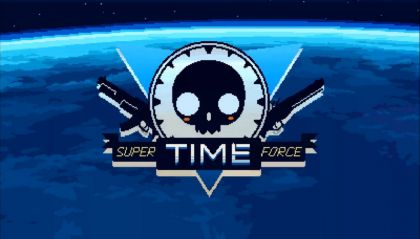

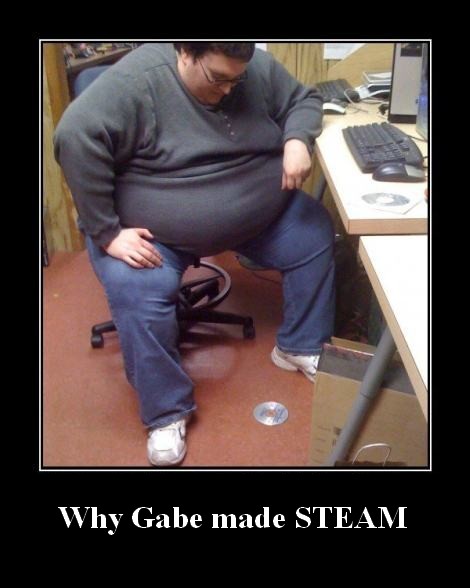
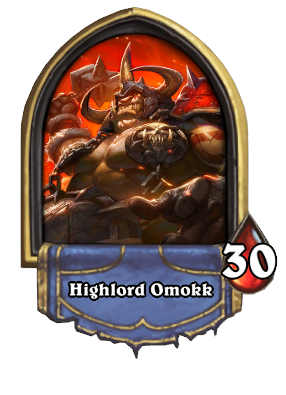
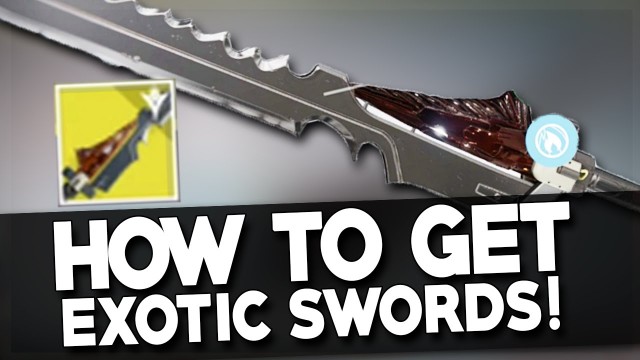 Destiny: The Taken King Guide On How To Get Your Exotic Sword
Destiny: The Taken King Guide On How To Get Your Exotic Sword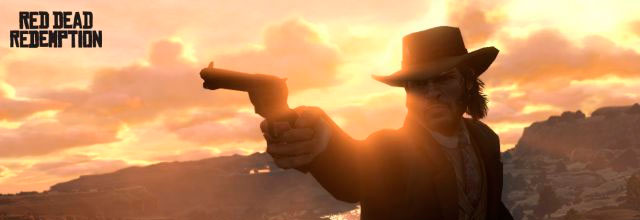 Red Dead Redemption Achievement List
Red Dead Redemption Achievement List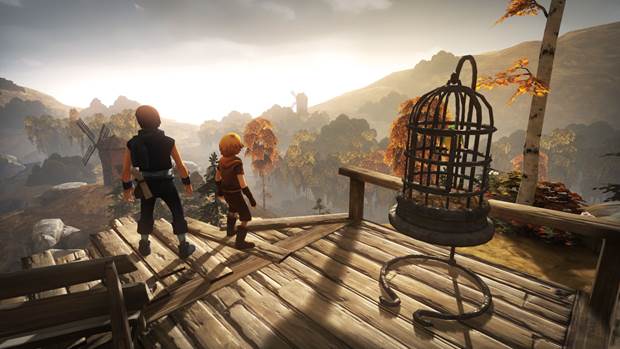 Brothers: A Tale of Two Sons Review
Brothers: A Tale of Two Sons Review The Playable Characters in Batman: Arkham Knight
The Playable Characters in Batman: Arkham Knight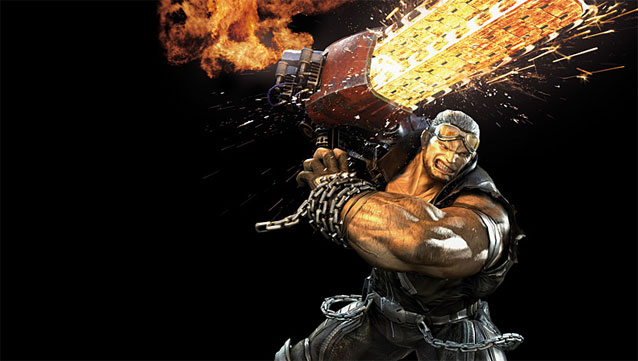 Anarchy Reigns Preview Hands On
Anarchy Reigns Preview Hands On